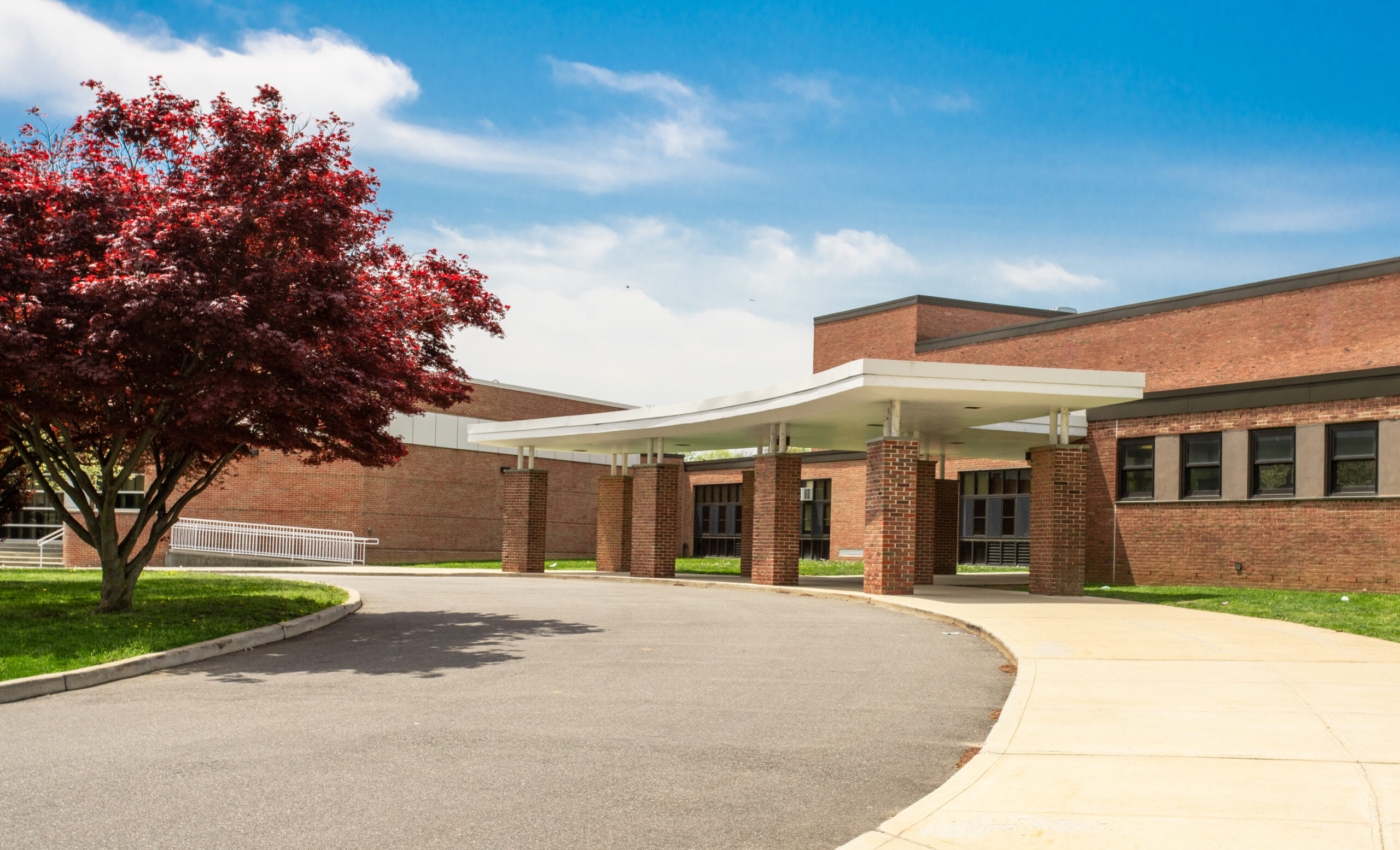How to Fight the Employee Exodus
Officially, the COVID-19 pandemic may have started two years ago, but its side effects are still wreaking havoc in the workplace.
According to the Bureau of Labor Statistics (BLS), more than 38 million workers quit their jobs in 2021. With employee resignations rising to record numbers, employers are looking for ways to curb the exodus.
First, why do we have this unprecedented labor shortage? One explanation is that the downtime afforded by the pandemic has inspired many employees to reassess their work/life balance and look for more fulfilling careers. A new survey conducted by employment consultant Gloat indicates that the situation could get worse.
The pandemic has also made workers reluctant to return to the workplace for a host of other reasons, including.
- COVID health risks
- Early retirements
- Care duties
- Built-up savings
Wages are also rising rapidly. According to the Labor Department wage and benefits paid by employers are growing at their fastest pace since 2001. A Gallup study notes that nearly half of employees are thinking about leaving their current jobs to get better pay or more growth opportunities. Zippia Research claims that after switching jobs an employee’s salary will on average increase 14.8%.
In addition to labor supply issues driving up wages, overall inflation is expected to remain high. The Bureau of Labor Statistics’ Consumer Price Index reports that the dollar experienced an average inflation rate of 7.04 in the last 12 months.
Paying higher wages, though often a good solution, may not always be an available option. Nor is it necessarily the right option in many cases. Here are a few options to consider to retain and attract good employees.
No or Low-Cost Solutions
Let employees who work from home continue doing so.
Workers have proven during the past two years that they can do their jobs remotely. Plus, many employers are discovering that employees are not ready to give up the flexibility of working from home.
An executive at job site platform Indeed recently pointed out that “the paradigm of work that existed before the pandemic does not exist anymore; it’s gone.” He added that directors are going to have to learn how to manage this new work arrangement. While some people work remotely full time, others might settle for working remotely only some of the time.
Offer better defined career paths
Few employees want to do the same job year after year for 30 years.
Experts recommend dismantling barriers to internal career opportunities. For one thing, career development is no longer just about moving up the career ladder to the next position, it’s also about learning new skills and perhaps trying a different career path.
Offering growth opportunities like these can mean a whole new mind set for employers. The Gloat survey shows nearly two-thirds of respondents don’t see their current place of employment as a place where they can get the options and opportunities they are seeking.
Establish Better Communication Channels
The best way to find out what employees really want is to talk to them. Unfortunately, many employers are making changes without
employee input. A Future Forum Pulse study reveals that 66% of executives report they are designing post-pandemic workforce policies with little to no direct input from employees.
That doesn’t mean an employer has to do everything employees want, but just asking workers what matters demonstrates empathy and a willingness to listen. Management may even benefit from the experience!
The bottom line is that employers who think they can go back to pre-pandemic work arrangements will probably be disappointed. The companies that are succeeding in this new, hopefully soon-to-be post-pandemic workspace are those embracing change.
© 2022 SmartsPro publishing. All rights reserved.
About the Author
Share This Story
Related Blogs
Group Health Premiums on the Rise: What Employers Need to Know
In 2025, rising group health premiums are becoming a central concern for employers. Carriers like UnitedHealth, Anthem, and CVS Health have issued projections showing significant cost increases—driven by escalating claims severity, specialty drug costs, and continued labor shortages across provider networks.
SECURE 2.0 Implementation: A New Era in Retirement Planning
The SECURE 2.0 Act, passed in late 2022 and now in active rollout through 2025, is reshaping the landscape of workplace retirement planning. Designed to expand access, modernize plan design, and improve financial preparedness, the law introduces over 90 new provisions—many of which are now surfacing in HR departments across the country.
Visitor Check-In and Access Control Best Practices
Visitor check-in and access control best practices are essential for ensuring campus safety. With increasing security concerns in schools, implementing visitor check-in and access control best practices helps minimize unauthorized access, protect students and staff, and ensure a safe learning environment.








